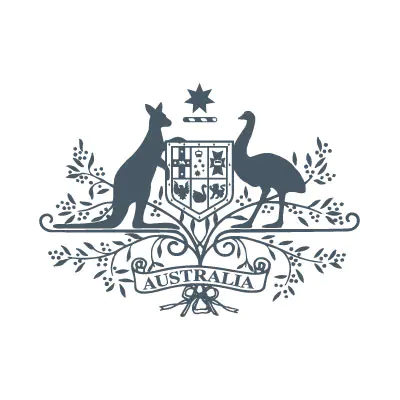
US Policy Reshapes Global Semiconductor Landscape
As U.S.-China tech tensions continue to mount, the semiconductor industry has become a focal point in a high-stakes geopolitical standoff.
The latest round of U.S. export restrictions has rendered even Nvidia’s H20 chip-once considered a compliant workaround-off-limits to Chinese buyers. These developments raise pressing questions about the future of global chip design, innovation and market access.
To help make sense of these rapidly evolving dynamics, Valeria Bertacco shares her insights. A leading expert in computer architecture and semiconductor design, she is Mary Lou Dorf Collegiate Professor of Computer Science and Engineering at the University of Michigan and directs the Applications Driving Architectures Research Center, supported by a consortium of major semiconductor firms.
She examines how U.S. policy is reshaping the global semiconductor landscape-and what that means for innovation, energy efficiency and the future of companies like Nvidia:
The stance of the U.S. government toward the People’s Republic of China has been increasingly challenging for the semiconductor industry, which is intrinsically a global industry-as evidence, we all experienced firsthand the supply chain disruptions that took place during the COVID-19 pandemic. Many tech companies are working incessantly to navigate the changing policy space so as to abide U.S. regulations while striving to minimize their customer base losses in the global marketplace.
So far, the hardware restricted in some international markets targets only the most high-end chips, which constitute a small fraction of the AI hardware market. Mid- and low-end hardware will still be available to those markets, as well as edge-AI hardware, all of which are important markets that are well-served by U.S. companies and startups.
One of the critical needs in the AI hardware space is computational efficiency and energy availability. Current trends suggest that the energy that will be spent in AI computations by the end of the decade could reach 21% of global energy. Restricting a large part of the AI community to lower-end hardware has been a catalyst in addressing the efficiency of AI. Recently, we saw a clear demonstration of this trend in the DeepSeek LLM model, which uses significantly fewer resources than previous large AI models.
To the extent that sales in those markets fund technology companies’ R&D, there is certainly a risk that those companies would have to limit their internal innovation and research funding. U.S. government funding could help mitigate this potential loss of opportunities in innovation through research programs targeting AI technology.
Another key area of concern is the access that students-from almost every country on the planet-have to U.S. universities, with subsequent paths into U.S.-based technology positions. For decades, U.S. technology leadership has attracted the very best talent worldwide, training it in our academic institutions and pushing it into our tech industry. If this flow were to come to an end due to policy changes, we would certainly see large impacts on U.S.-led technology innovation, especially in the semiconductor and software industries.
It might. I do not think this is a consideration today, but we do not know how policy restrictions may evolve. If such changes were to take place, I expect that they would be slow and incremental. And even slower to undo.
In the short term it likely will. However, the shortage may drive innovators to explore alternative paths to new solutions, solutions that one may not be considering if high-end AI chips were abundant everywhere. For instance, DeepSeek showed that high-quality LLM training can be attained with one order of magnitude less computing effort than traditionally thought was needed. Their innovations might not have been pursued if the looming threat of limited access to high-end AI chips had not been there.
The PRC government has the means to invest in expanding its semiconductor industry, and to support its own innovation advances so as to strive to become a leader in the global semiconductor space. U.S. policy restrictions may accelerate their efforts in that direction by exacerbating unfulfilled PRC’s market needs.
The expansion of semiconductor manufacturing capabilities in the United States, thanks to TSMC and other manufacturers, including Intel, Micron, Samsung, Global Foundries, etc., is a very positive trend that hardens the U.S. against future weaknesses in the supply chain. These new developments are the result of strategic CHIPS Act’s investments that have been under development since 2022. I do not believe these trends will reduce Hsinchu and Taiwan’s role in the global semiconductor space, as the demand for chip manufacturing still far exceeds the offering.
https://news.umich.edu/banned-but-not-broken-how-us-policy-is-reshaping-global-semiconductor-landscape/


